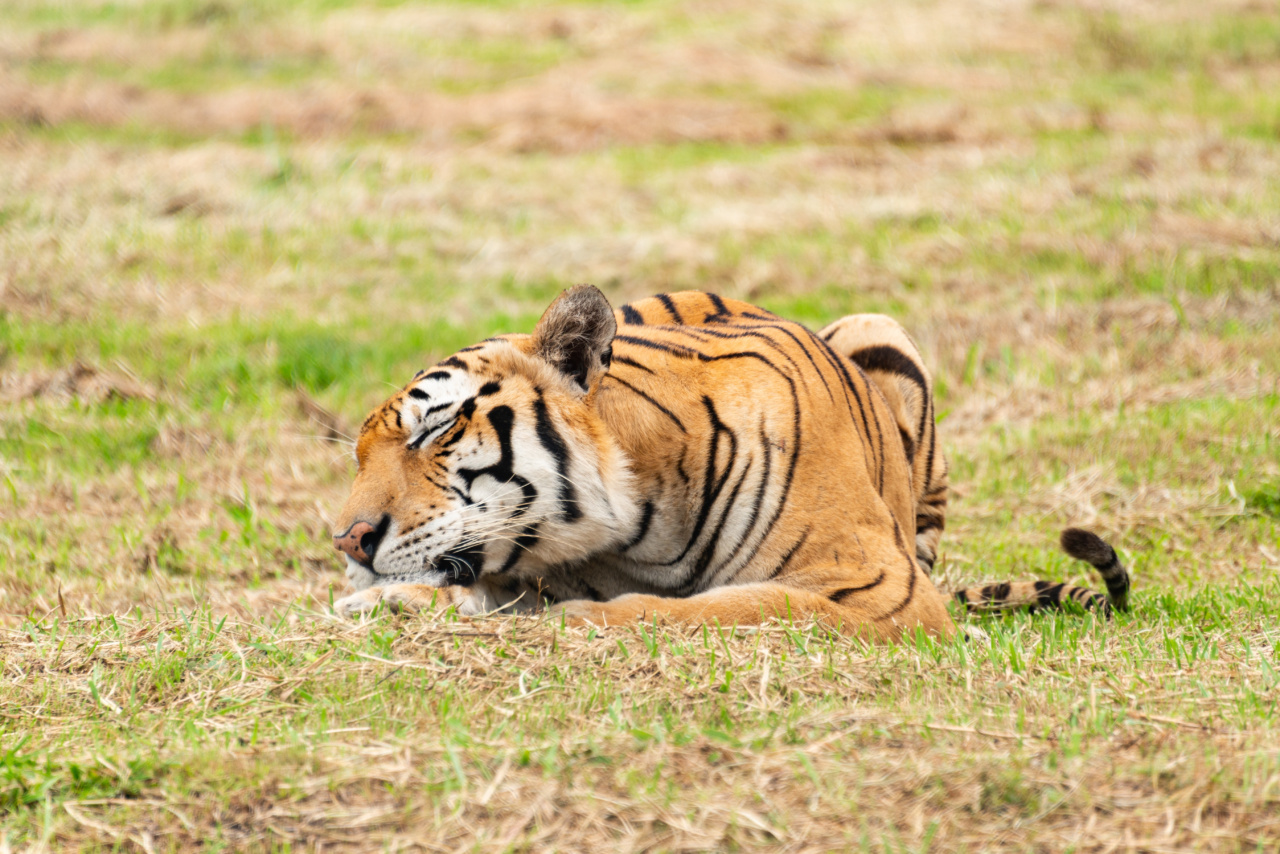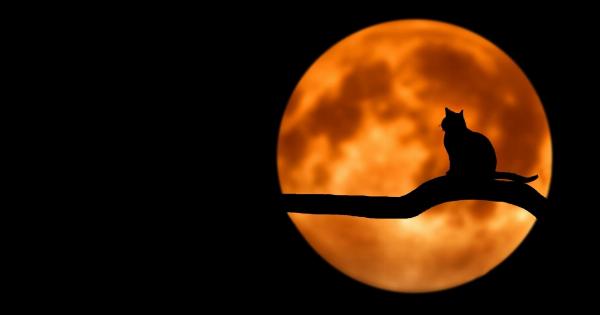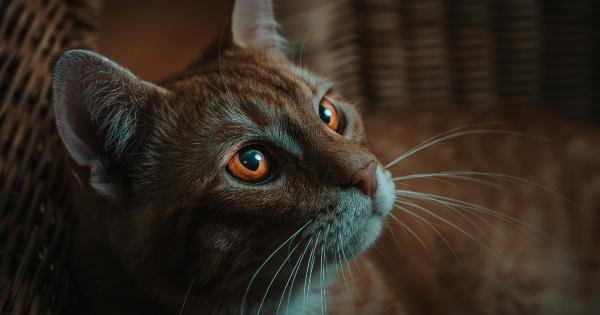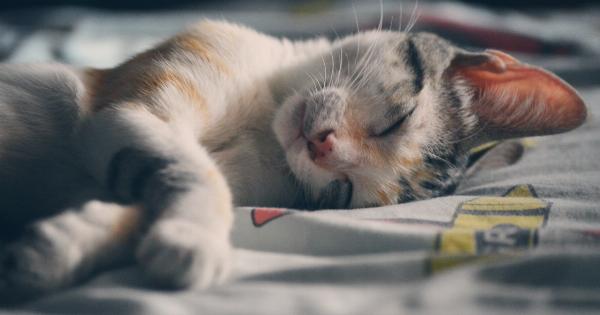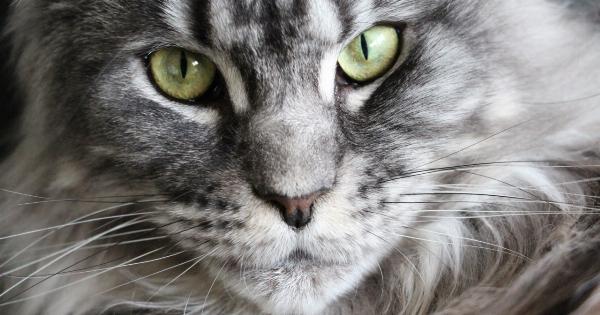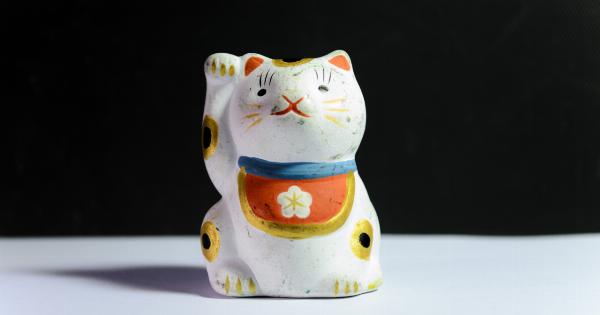The Persian cat, also known as the Iranian cat, is one of the most regal and elegant cat breeds in the world.
With its luxurious long coat, expressive eyes, and gentle personality, the Persian cat has been capturing hearts and turning heads for centuries. In this article, we will delve into the fascinating history, unique characteristics, care requirements, and popular variations of this majestic feline.
Ancient Roots and Noble Origins
The roots of the Persian cat can be traced back to ancient Persia (modern-day Iran), where it is believed to have been selectively bred for its luxurious coat and sweet temperament.
These exquisite cats were highly valued and cherished by the aristocracy and elite classes of ancient Persia, earning them the title of “The Royal Cats of Iran.” An important figure in the Iranian culture, the Persian cat symbolized prestige, grace, and beauty.
Distinctive Features and Physical Appearance
An immediate standout feature of the Persian cat is its stunning long and flowing coat. This breed is known for its silky, dense, and luxurious fur that comes in various colors, including solid, tabby, parti-color, and Himalayan patterns.
The Persian’s round face is adorned with large, expressive eyes, typically ranging in colors from blue to copper. Its small, flat nose and sweet smile-like expression give the Persian cat an almost angelic appearance.
Beneath their majestic coat, Persian cats have a sturdy and muscular body, supported by short, strong legs and delicate oval paws. Their tails are long and bushy, perfectly complementing their overall regal presence.
While the Persian may not be the most active or athletic breed, they compensate with their graceful and composed demeanor.
Enchanting Personality and Temperament
Beyond their physical beauty, Persian cats are renowned for their gentle and calm personalities. They are known to be affectionate, loving, and loyal companions.
Persian cats appreciate a serene living environment and form deep bonds with their human caretakers. While they may not demand constant attention or playfulness, they enjoy peaceful moments cuddling on a soft lap or basking in a sunny spot.
Due to their calm nature, Persian cats are often considered ideal for individuals or families seeking a tranquil and low-energy pet. They tend to adapt well to apartment living and are generally content indoors.
However, it is crucial to provide them with mental stimulation through interactive play and occasional access to safe outdoor spaces.
Grooming and Care Requirements
Keeping the Persian cat’s coat in optimal condition requires regular grooming and maintenance. Their long fur is prone to matting, so daily brushing is recommended to prevent tangles and knots.
Careful attention should be paid to the fur around their face, ears, and underbelly, as these areas are particularly prone to matting.
Bathing is another essential aspect of Persian cat care. A monthly bath, using a gentle cat-specific shampoo, helps keep their coat clean and healthy.
Frequent eye cleaning is necessary to prevent tear stains from accumulating, as Persian cats are prone to excessive tearing due to their distinctive facial structure.
In addition to grooming, it is vital to prioritize the Persian cat’s overall health. Regular veterinary check-ups, vaccinations, and dental care are crucial to ensure they lead a long and happy life.
A balanced diet, appropriate for their age and health condition, should also be implemented.
Popular Variations of Persian Cats
Over time, breeders have developed several variations of the Persian cat, each with its unique characteristics. Let’s explore a few of the popular Persian cat variations:.
1. Himalayan (Color-Point Persian)
The Himalayan, often referred to as the Color-Point Persian, combines the Persian’s luxurious coat with the color-point pattern of the Siamese cat breed.
These cats have a striking contrast between their light-colored bodies and dark-colored points, such as their ears, paws, and tails.
2. Chinchilla Persian
The Chinchilla Persian is known for its striking silver-tipped fur, resembling the fur of the Chinchilla rodent. Their coat has a shimmering, white undercoat with black-tipped guard hairs.
These cats have a unique elegance and are highly sought after by those who appreciate a touch of glamour.
3. Exotic Shorthair Persian
The Exotic Shorthair Persian, also known as the “Lazy Man’s Persian,” shares similar physical features with the Persian but has a shorter and more manageable coat.
With their adorable round faces and plush bodies, Exotic Shorthairs have gained popularity as a low-maintenance alternative to the Persian cat.
4. Calico Persian
Calico Persians showcase a beautiful coat pattern consisting of three distinct colors – white, black, and orange.
Their eye-catching tricolor combination makes them visually captivating and unique, adding another layer of regal beauty to the already stunning Persian breed.
5. Tabby Persian
The Tabby Persian showcases the classic tabby pattern, which is characterized by swirls, stripes, or spots on their fur.
While the Persian breed is primarily associated with solid coat colors, tabby Persians exhibit a captivating blend of the Persian elegance with the timeless charm of tabby markings.
Preserving the Regal Persian Legacy
The Persian cat’s regal allure and enchanting personality have made it a beloved breed worldwide. However, it is essential to preserve and protect the health and well-being of these cats.
Responsible breeding practices, regular veterinary care, and dedicated ownership are crucial to upholding the legacy of this magnificent feline.
By understanding and appreciating the origin, distinctive features, care requirements, and unique variations of the Persian cat, enthusiasts and owners can ensure that these regal felines continue to reign in elegance and captivate hearts for generations to come.
